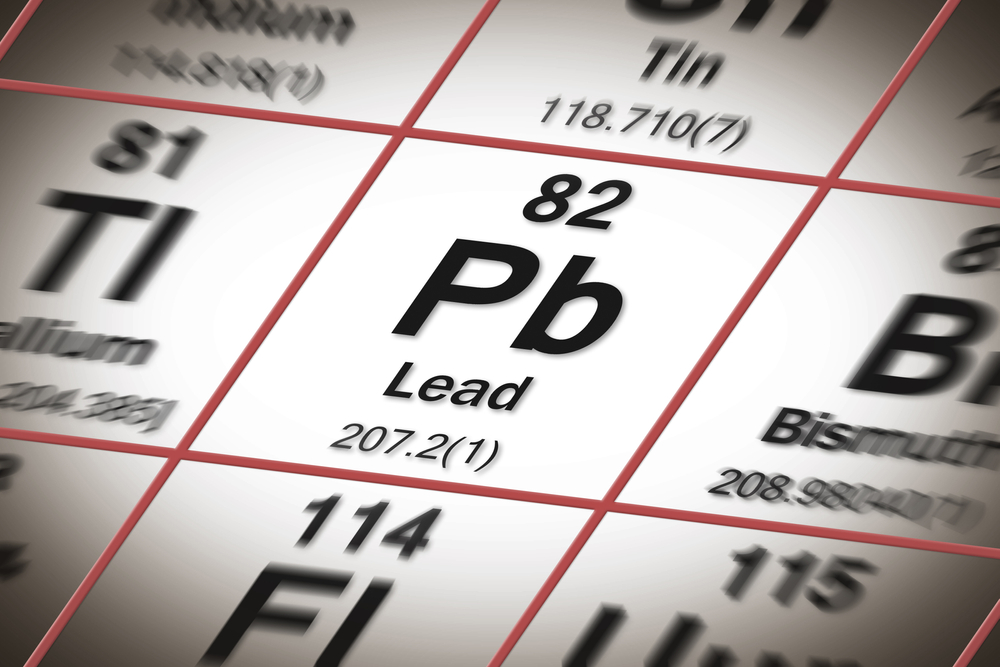In our latest installment of Ask the Expert, brought to you by the team of industry experts at EHS Hero®, we look at a recent question from a subscriber asking about lead removal and disposal methods. See what the experts had to say.
Q: What is the proper disposal method for cleaning materials used to wipe horizontal surfaces in an indoor shooting range for lead removal?
OSHA. The Occupational Safety and Health Administration (OSHA) lead standard for general industry workplaces, 29 CFR 1910.1025, does not include any requirements pertaining to disposal of lead-contaminated cleaning materials. However, the standard does require employers to provide for the cleaning, laundering, or disposal of protective clothing and equipment worn and used by employees who are exposed to lead levels above the permissible exposure limit (PEL) of 50 micrograms per cubic meter of air (50 µg/m³). The frequency at which new protective clothing must be provided to employees depends on the employees’ lead exposure levels, but protective clothing and equipment must be repaired and replaced as needed to maintain their effectiveness. Other requirements for protective clothing and equipment include:
– All protective clothing must be removed at the completion of a work shift only in changing provided for that purpose
– Contaminated protective clothing destined to be cleaned, laundered, or disposed of must be placed in a closed container in the changing room that prevents dispersion of lead outside the container
– Bags or containers of lead-contaminated protective clothing and equipment must include labels with the following information: “DANGER: CLOTHING AND EQUIPMENT CONTAMINATED WITH LEAD. MAY DAMAGE FERTILITY OR THE UNBORN CHILD. CAUSES DAMAGE TO THE CENTRAL NERVOUS SYSTEM. DO NOT EAT, DRINK OR SMOKE WHEN HANDLING. DO NOT REMOVE DUST BY BLOWING OR SHAKING. DISPOSE OF LEAD CONTAMINATED WASH WATER IN ACCORDANCE WITH APPLICABLE LOCAL, STATE, OR FEDERAL REGULATIONS.”
RCRA. Regarding the Resource Conservation and Recovery Act (RCRA) regulations addressing the disposal of the lead-contaminated cleaning materials, you should determine whether the cleaning materials are considered hazardous wastes.
The method for disposing of lead-contaminated cleaning materials depends on whether the materials are considered under the federal and state hazardous waste regulations to be a hazardous waste or a non-hazardous waste. Lead is considered a substance that has the hazardous characteristic of toxicity and a representative sample of the contaminated cleaning materials can be tested using the Toxicity Characteristic Leaching Procedure, more commonly known as the TCLP test, as described at 40 CFR 261.24. If the sample contains lead at a concentration at or above 5 milligrams per liter (5.0 mg/L) the materials would be deemed a hazardous waste and must be disposed of as such. If the TCLP shows the concentration of lead to be below the regulatory level of 5.0 mg/L, the cleaning materials can be considered non-hazardous and may be disposed of with other non-hazardous wastes. Note that there is always the option of not testing and just deciding that you will dispose of the cleaning materials as a hazardous waste.
Note also that if the generator of the hazardous waste (e.g., the shooting range) meets the federal and state definition of “very small quantity generator” (VSQG), the generator is exempt from most, but not all, hazardous waste management regulations. A VSQG is allowed in most states to dispose of its hazardous waste in a solid waste landfill.

